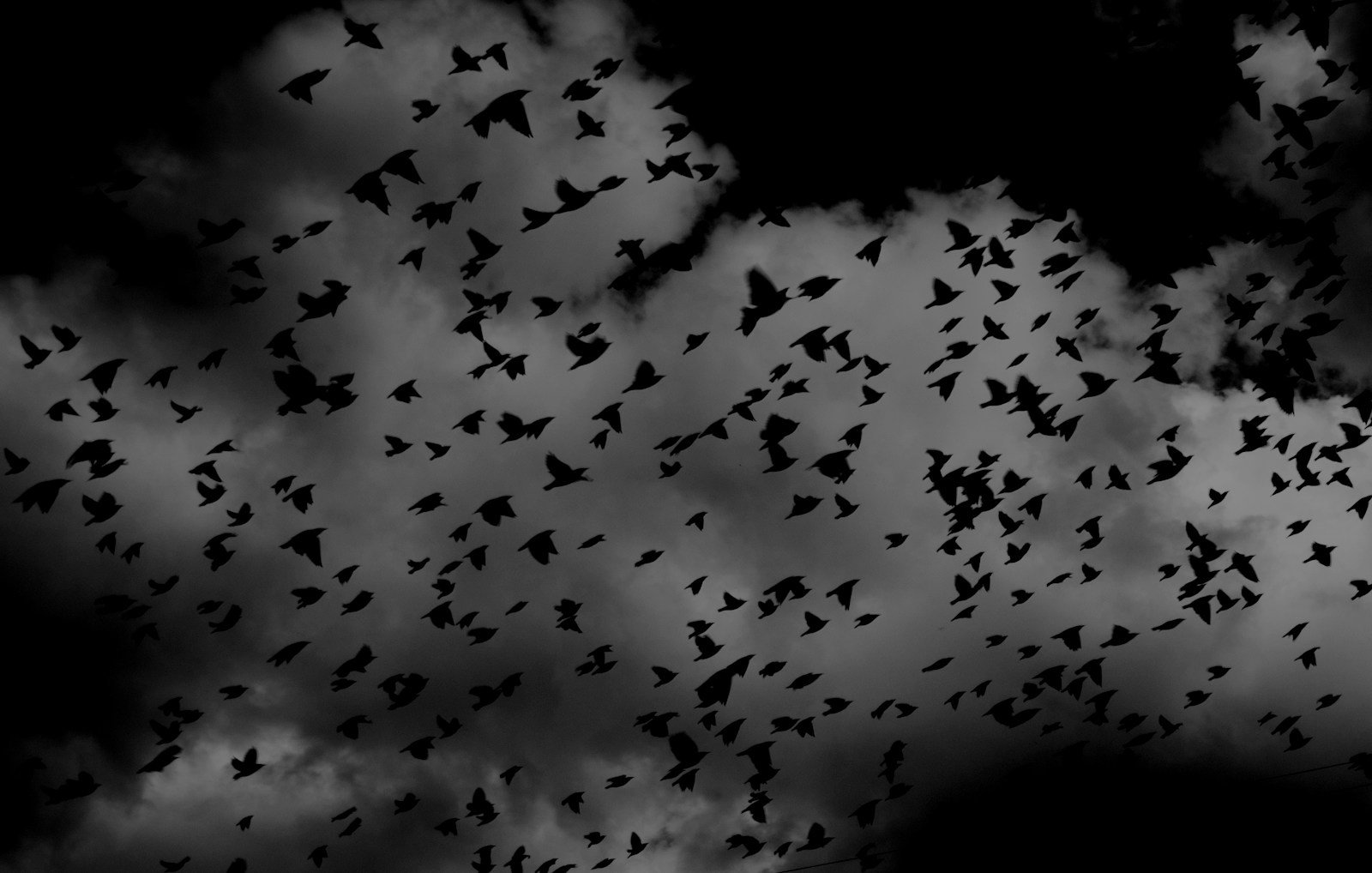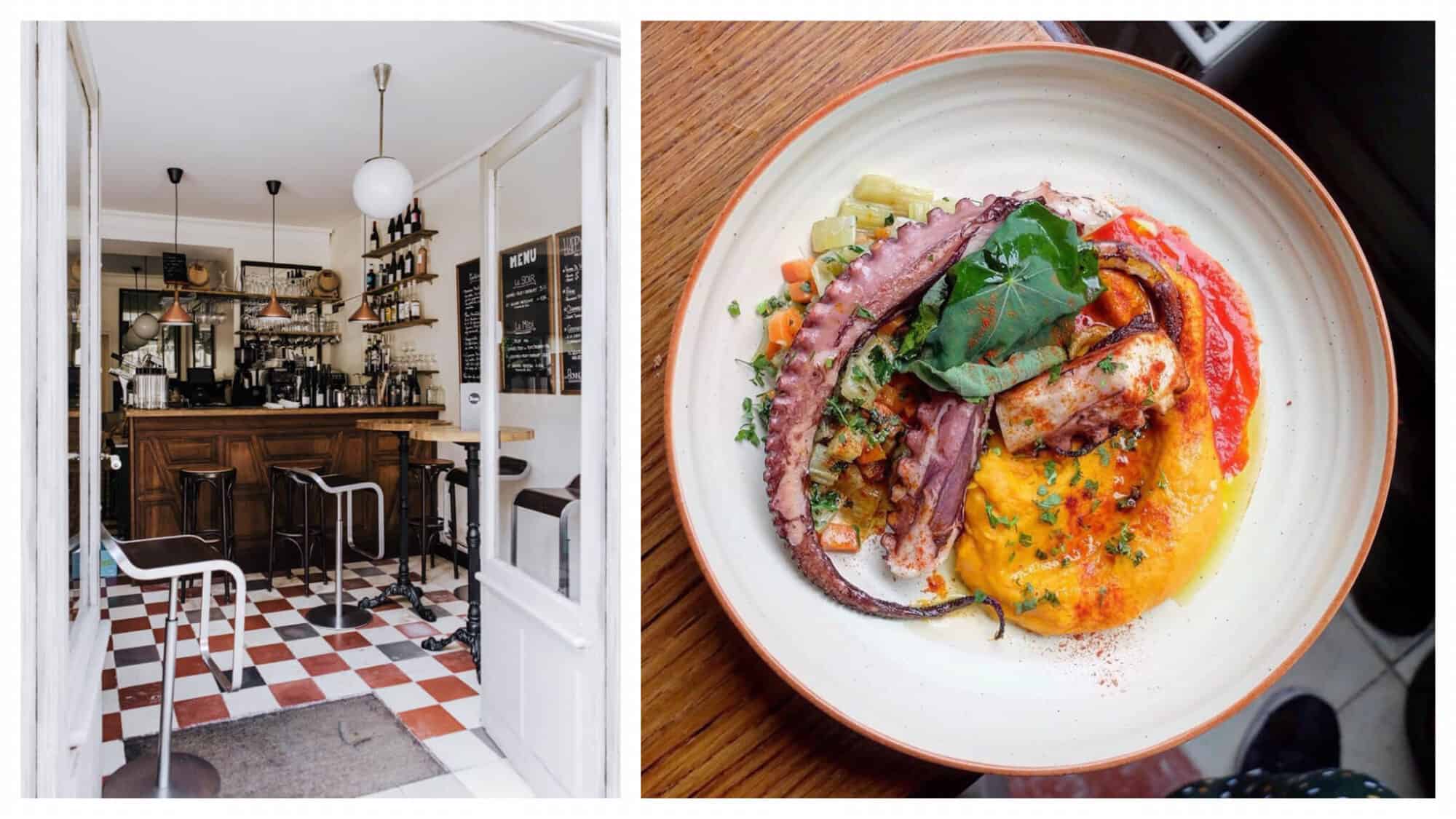ECB’s new banknotes reignite Franco-Polish tug-of-war over Marie Curie’s legacy
BRUSSELS — The age-old fight between Poland and France over the legacy of Marie Curie (née Skłodowska) has a new front: the €20 banknote.
Polish officials have pushed the European Central Bank to include the pioneering scientist’s maiden name in the event of her featuring in a new series of euro banknotes, according to two people familiar with the matter.
Curie, who won two Nobel Prizes in the 20th century for her discoveries unlocking the secrets of radiation, is among the symbols of “European culture” whom the ECB may feature on its next series of banknotes. The ECB’s Governing Council is expected to decide on the final design by the end of 2026, but the notes won’t be issued for some years after that.
The first woman to win a Nobel Prize, and still the only person to win Nobels in two separate scientific fields, Skłodowska-Curie was picked to adorn the €20 note. There was only one issue: The Poles insisted the central bankers had omitted a crucial part of her name from the shortlist.
Curie took a French surname from her husband Pierre in 1895, but was born Maria Skłodowska in Warsaw. When she won her first Nobel Prize in 1903 for physics, jointly with her husband Pierre, she was credited simply as Marie Curie. When she claimed her second in 1911, for chemistry, five years after Pierre’s death, she opted for a double-barrel: Marie Skłodowska-Curie. The reclamation of her maiden name was seen as conveying a message that was at once feminist and nationalist.
Its omission when the ECB published its shortlist of themes and motifs earlier this year touched a nerve in Poland, a country which has a few issues with being airbrushed out of the European story by its neighbors to the west, having been removed from the map three times in the last three centuries.

Polish diplomats in Brussels warned the ECB it was inaccurate, according to two people familiar with the matter. Polish Central Bank Governor Adam Glapiński also weighed in with a letter to ECB President Christine Lagarde. Polish MEPs — and even a few non-Poles sympathetic to Curie’s feminism — also wrote in to protest.
The National Bank of Poland did not respond to a request for comment.
Even though Poland has its own currency and doesn’t use the euro, Frankfurt has now made amends, updating the entry on its webpage to “Marie Curie (born Skłodowska).”
Some were quick to claim victory.
“I am very pleased that the ECB addressed Polish concerns and adjusted the design of [the] new €20 bank note to reflect Marie Skłodowska-Curie’s Polish heritage,” exulted conservative MEP Janusz Lewandowski, speaking to POLITICO.
But the reality is somewhat more complex. For one thing, even the great woman herself had trouble making up her mind, signing herself as Skłodowska-Curie for much of her married life, but increasingly using the simplified “M. Curie” after Pierre’s death, especially in professional contexts.
Moreover, European cultural figures may not even feature on the banknotes if a rival design, featuring far less divisive motifs of birds and rivers, edge them out. More to the point, the ECB hasn’t officially settled on using Curie’s double-barreled name, and is speaking to her descendants, and the Institut Curie in Paris, to work out what is for the best.
“The ECB is consulting various sources to determine the most appropriate way to refer to her. If European culture is selected as the theme for the future design, a decision will be taken on how the names of all the selected personalities will be displayed on the banknotes,” an ECB spokesperson said. “For the time being, we will refer to her as Marie Curie (born Skłodowska) in order to acknowledge her dual identity.”
But if history is any judge, Warsaw will get its way.
A similar Polish rearguard action brought about the rebranding of the European Commission’s Marie Skłodowska-Curie Actions program in 2014, resulting — as the name implies — in a decisive Polish victory.
CORRECTION: The initial version of this article misstated when the next series of notes will be issued.




















:quality(85):upscale()/2023/09/18/918/n/1922398/a1136b676508baddc752f5.20098216_.jpg)
:quality(85):upscale()/2025/10/09/670/n/1922283/00b944c868e7cf4f7b79b3.95741067_.jpg)
:quality(85):upscale()/2025/10/15/765/n/1922398/29c37a6e68efd84bb02f35.49541188_.jpg)
:quality(85):upscale()/2025/09/09/891/n/1922283/7222624268c08ccba1c9a3.01436482_.png)













:quality(85):upscale()/2025/08/13/775/n/1922283/3c0cbead689ccd0c422644.10221678_.png)



